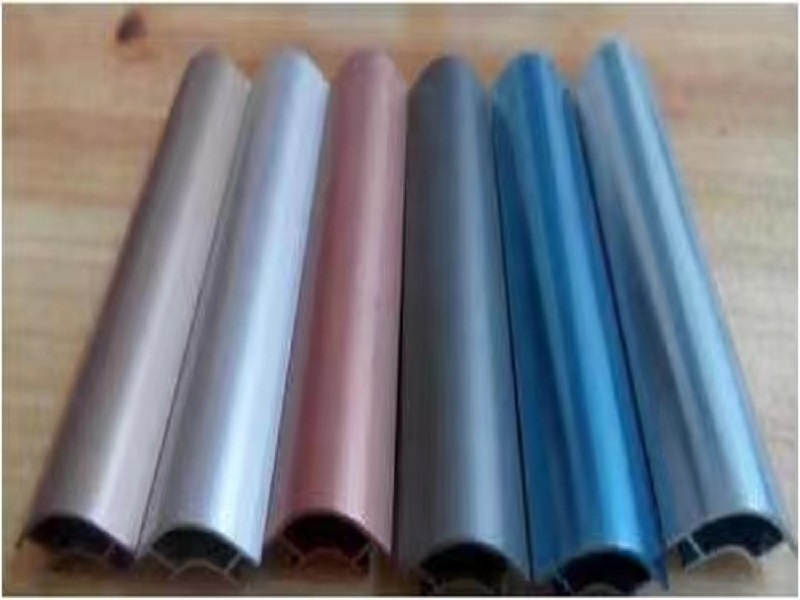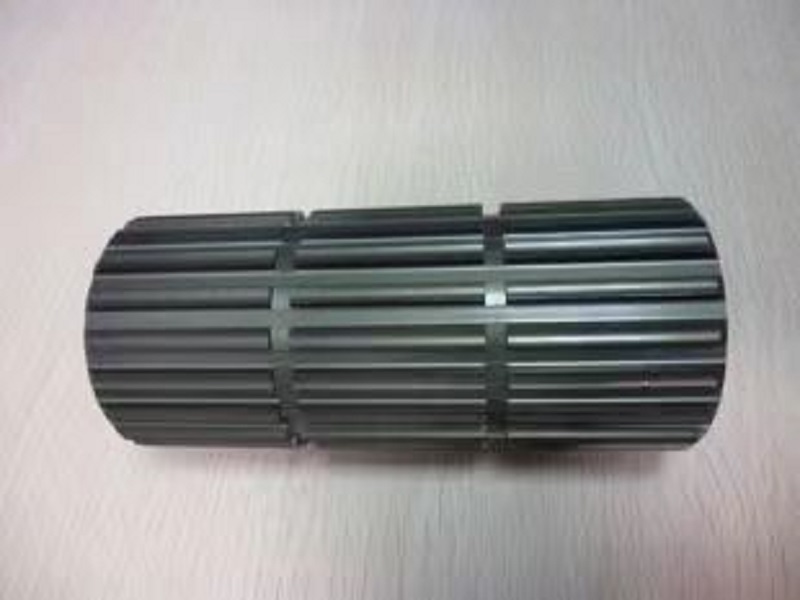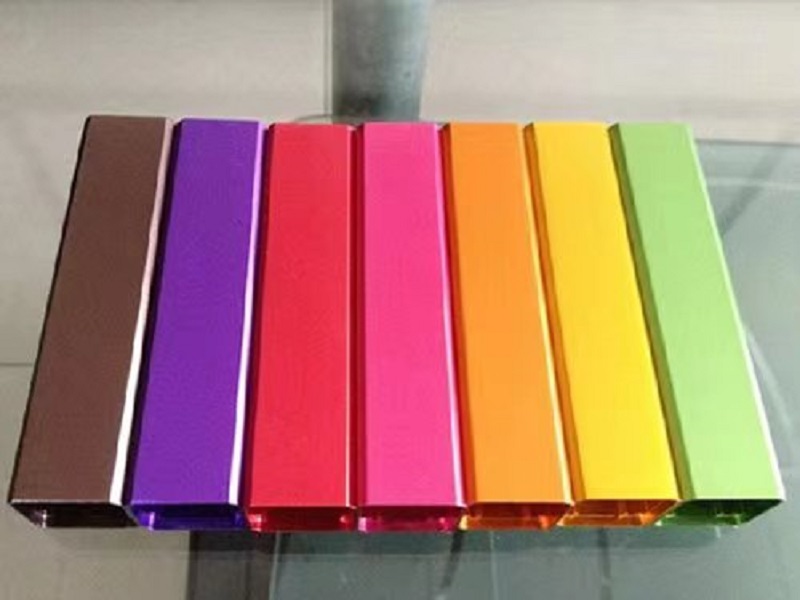

Anodizing is a process used to promote the formation of an alumina layer on a substrate that is faster or thicker than normal under natural conditions. While anodizing does apply to several other substrates, aluminum reacts most effectively to anodizing. It first became popular in the 1920s as a means of preventing corrosion of aluminum components. Since then, it has been used not only for corrosion resistance, but also for wear resistance and staining aluminum. Because alumina is less conductive than aluminum, it can also be used for electrical insulation purposes. It has many benefits, but it is important to note that it does not increase the strength of the aluminum below the anodized surface.
Anodic alumina is considered to be an electrochemical process. It involves taking aluminum alloy and dipping it into a tank containing an electrolyte. The solution contains acid; The type of acid depends on the application. Once submerged, an electric current passes through the aluminum. Anodized aluminum is used as an anode. The cathode is also placed in the tank; Usually aluminum or lead. The current causes the aluminum to oxidize. The anodizing process leaves behind a thicker layer of alumina than natural oxidation.


Aluminum is the most common anodized material. However, there are several other types of materials that can be anodized. Magnesium can be anodized, but its applications are very limited. Titanium may be the second most common material, but it’s still far less popular than aluminum. Some materials should not be anodized at all. If carbon steel is anodized, it will only corrode.


For Further Details,Please Feel Free To Contact Us: